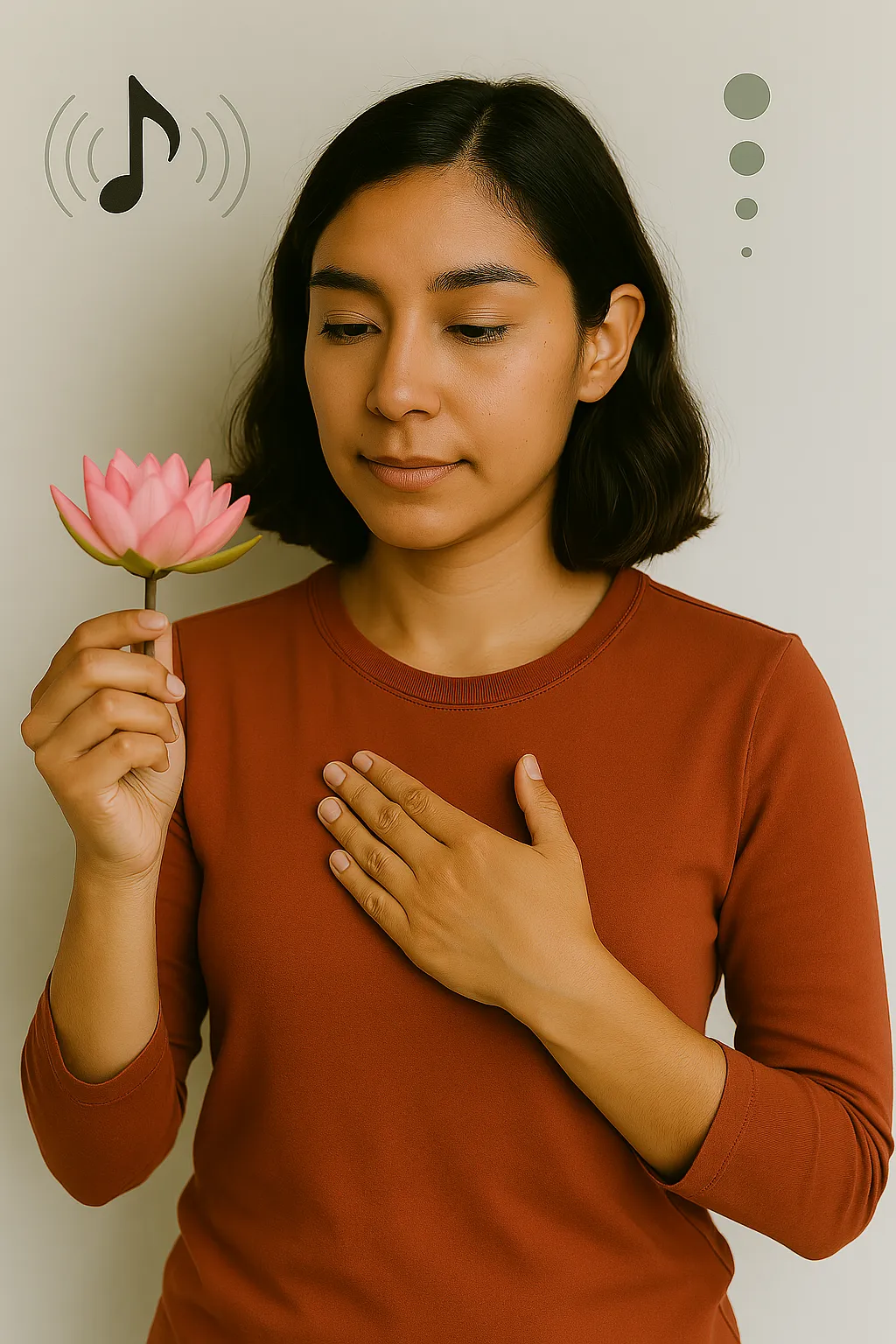
Mindfulness: Effective 3-Minute Guide
What is mindfulness?
Mindfulness is the practice of intentionally paying attention to the present moment, with curiosity and without judgment. It invites us to distance ourselves from automatic thoughts and impulsive reactions to connect with reality as it is.
How did this practice originate?
Its roots come from Buddhist traditions, especially vipassana meditation from more than 2,500 years ago. In the West it gained popularity in 1979 thanks to Jon Kabat-Zinn, who created the MBSR (Mindfulness-Based Stress Reduction) program at the University of Massachusetts, adapting millenary techniques to modern science.
What is it for?
It helps reduce stress, improve concentration and regulate emotions. By returning to the "here and now," we learn to respond clearly rather than automatically react. Over time, it strengthens resilience and overall well-being.
Exercise 1: Attention to sounds
1. Sit comfortably, with your spine straight and your eyes closed.
2. For 1–2 minutes, turn your attention to the sounds around you: distant conversations, the wind, a car engine.
3. Observe them without labeling them as good or bad; he only recognizes their presence. You can focus on one ear at a time.
4. When the mind wanders, gently return to the sounds.
Exercise 2: Attention to an object
1. Take a small object (a pencil, a piece of paper, a cup).
2. Place it in front of you and look at it as if it were the first time.
3. Examine its shape, color, texture, and weight, and even its smell for 2–3 minutes.
4. Whenever your mind wanders, look back at the object and explore a new detail.
Exercise 3: Attention to bodily sensations
1. Adopt a reLaxed posture, sitting or lying down.
2. Close your eyes and bring your attention to the soles of your feet. You notice heat, pressure or tingling, air, sun, etc.
3. Slowly work your way up your legs, trunk, arms and head, spending a few seconds in each area.
4. If any tension or discomfort appears, accept it without resistance and continue the scan.
These three exercises are gateways to the habit of mindfulness. Set aside 5-10 minutes each day to practice them and watch your energy and perspective change. Over time, you'll notice more calmness, clarity, and presence in every moment.
Start today and after some practice expand its use at other times when you have the opportunity, such as when you eat food. You will take advantage of them more if you pay attention to their aroma, texture and savor each bite, trying to chew between 20 – 30 times and detect ingredients, this will help you to better digestion and greater enjoyment of food.
